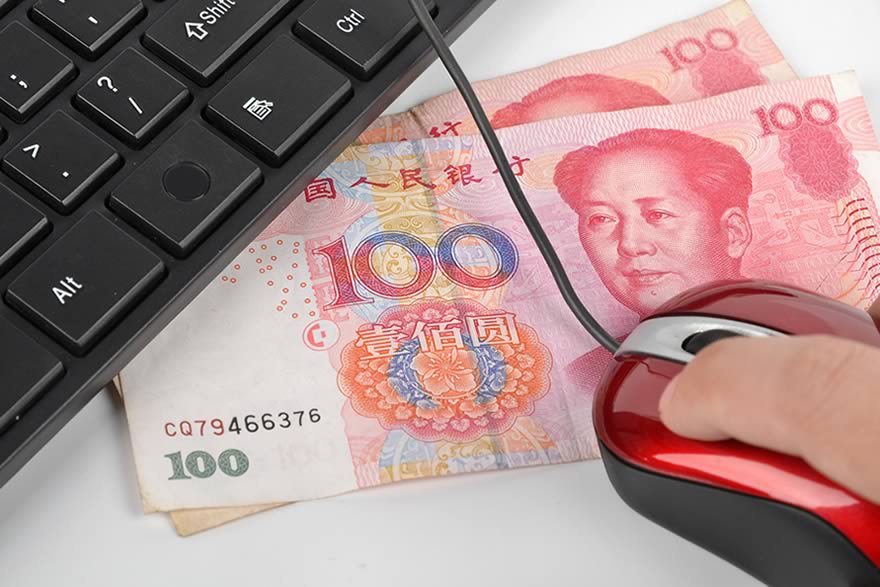China’s one of the fastest-growing economies in the world, with products available for quite cheap. It can be a potential goldmine for merchants looking to fill their inventories and make a potentially tidy profit. But as RepricerExpress will talk about, there can be language and cultural barriers to overcome. Here’s how you can make it work for you.
Research, Research, Research to Find the Supplier That’s the Best Fit
Finding a supplier is a bit like dating: a lot of it comes down to fit and feel. And at the top of your list should be deciding if you want to deal with a trading company or a manufacturer because it matters when getting the best deal. If you’re not sure of the difference, here it is.
- Trading Company: They tend not to have a very strong in-depth technical knowledge of their products, but they can possess better English skills and decent service. However, if a problem crops up, know that they’ll likely take the side of the manufacturer, not yours. You can find out if the supplier is a trading company by just asking them, or taking a look at their product catalogue where you’ll likely find a varied selection of items.
- Manufacturer: In contrast to a trading company, a manufacturer might not have super strong English skills, but they do tend to focus more on long-term goals and can offer cheaper products. Aside from asking them if they’re a manufacturer or trading company, a big clue they’re the former is they tend to deal in a narrow selection of items.
Two of the best places to look for Chinese suppliers are Alibaba and Global Sources, with a few differences between the two.
- Alibaba: It’s pretty tough to beat their sheer numbers, as they’re the largest marketplace in China. You’ll have almost no problem finding one or many suppliers that fit your criteria.
- Global Sources: While not as big as Alibaba, Global Sources does tend to have better quality on their side. Each supplier is required to pre-qualify, meaning the general level of positive qualities is usually at a decent level.
Negotiate a Middle Ground with Your Supplier That Works for Both of You
Entering into a relationship with a supplier isn’t like ordering at McDonald’s: the price you see doesn’t necessarily have to be the price you pay. There are a couple things to remember in the negotiation process.
- Their goal is to sell items and make a profit. It tends to work better for them if they can increase the number of items they sell, and if they can do so on a steady basis. Suppliers also have to think about their own profit margins and will have a price floor at which they can’t go below — or least not without suffering consequences somewhere down the line (which have a good chance of making their way over to you).
- Your goal is to find products at a low enough rate that allow you to make a comfortable profit margin and allows you to re-invest in yourself and your business, but not so low quality is compromised and drives buyers away.
- See if you can negotiate in areas like volume, shipping time, or down the road. Perhaps you’ll pay a bit more for the first one or two orders, but then the price will go down. Negotiation is an ongoing process when you’re sourcing Amazon products from China, and an expected part of the Chinese culture.
One last thing to remember when negotiation with your supplier is to always keep quality (control) as your most important criterion. It can seem a bit headache-y to constantly keep track of, but you’ll be well-served to make it a priority. Think of it like a virus: if you can prevent a virus (an error in the quality control process) from ever entering the cell (from creeping into your inventory), it’ll be much easier to keep things healthy and happy. Keeping such a close eye on quality control means you can nip potential problems in the earliest possible stage, which can save you money and protect your reputation.
It’s important to be on top of quality control right from the get-go. Work out a contract with your supplier that discusses the following in explicit detail.
- Design
- Material(s) used)
- Measurements of items and packing materials
- Type of packaging material(s) used
- Acceptable and unacceptable levels of quality on the products
- How long it’ll take to ship the items to you
- Anything else you feel is important
Finding a good supplier when you’re looking to China for your Amazon products is both a simple and complex process. There are a lot of factors to look at in the search, but with so many suppliers, it’s usually a matter of when, not if, you’ll find the right one. And once that happens, look for your sales to increase. That’s when RepricerExpress will come in handy, to help you price your inventory as aggressively and competitively as possible. And unlike finding a supplier, we’ll make things super easy for you: when you sign up now, you start off with the first 15 days totally free.
Related: How You Can Make Big Money Importing From China
[fusion_builder_container hundred_percent=”yes” overflow=”visible”][fusion_builder_row][fusion_builder_column type=”1_1″ background_position=”left top” background_color=”” border_size=”” border_color=”” border_style=”solid” spacing=”yes” background_image=”” background_repeat=”no-repeat” padding=”” margin_top=”0px” margin_bottom=”0px” class=”” id=”” animation_type=”” animation_speed=”0.3″ animation_direction=”left” hide_on_mobile=”no” center_content=”no” min_height=”none”][xyz-ihs snippet=”Join-Newsletter-Blog-Footer”][/fusion_builder_column][/fusion_builder_row][/fusion_builder_container]


